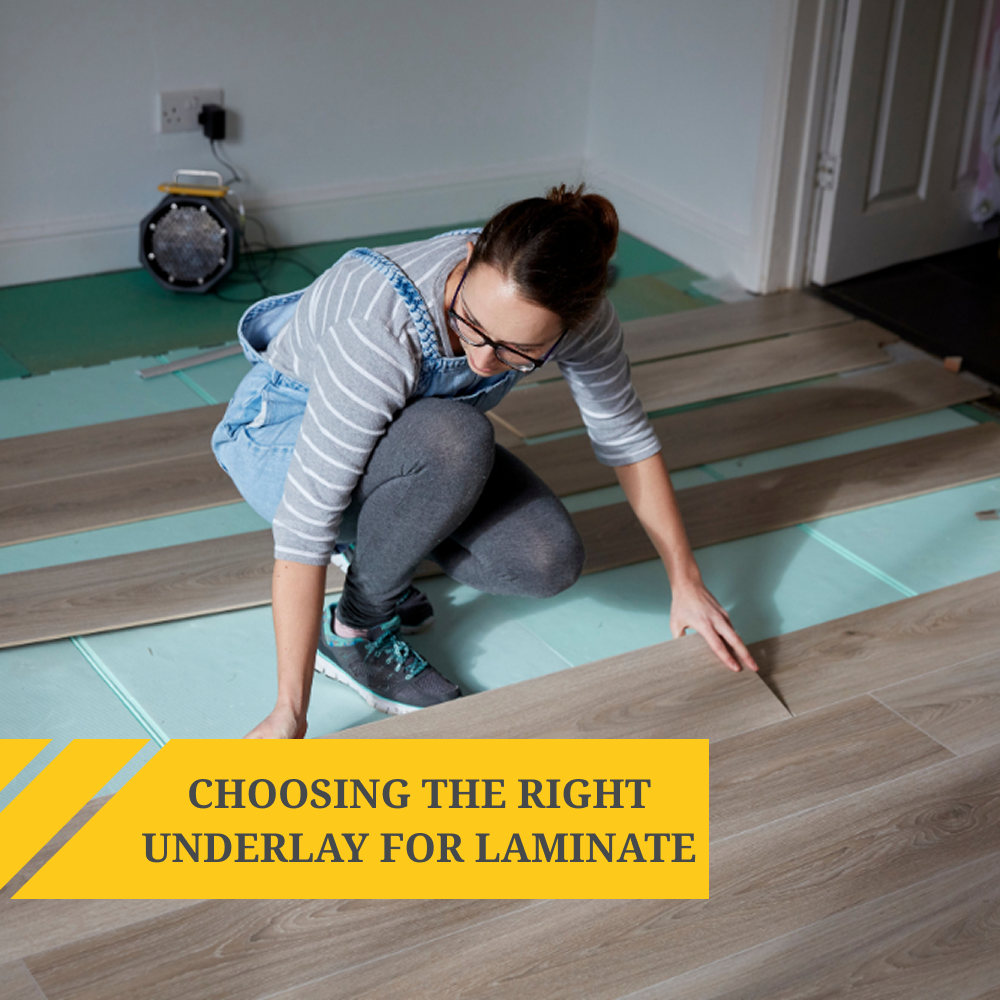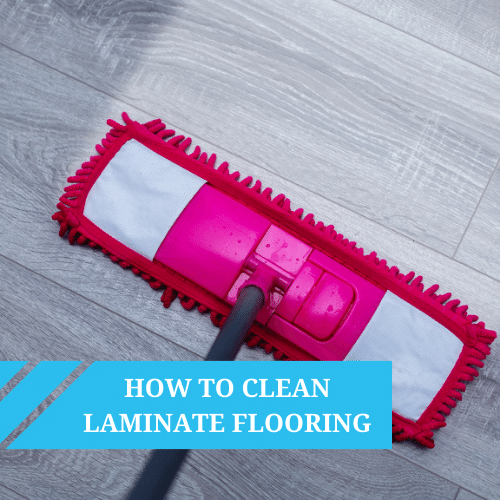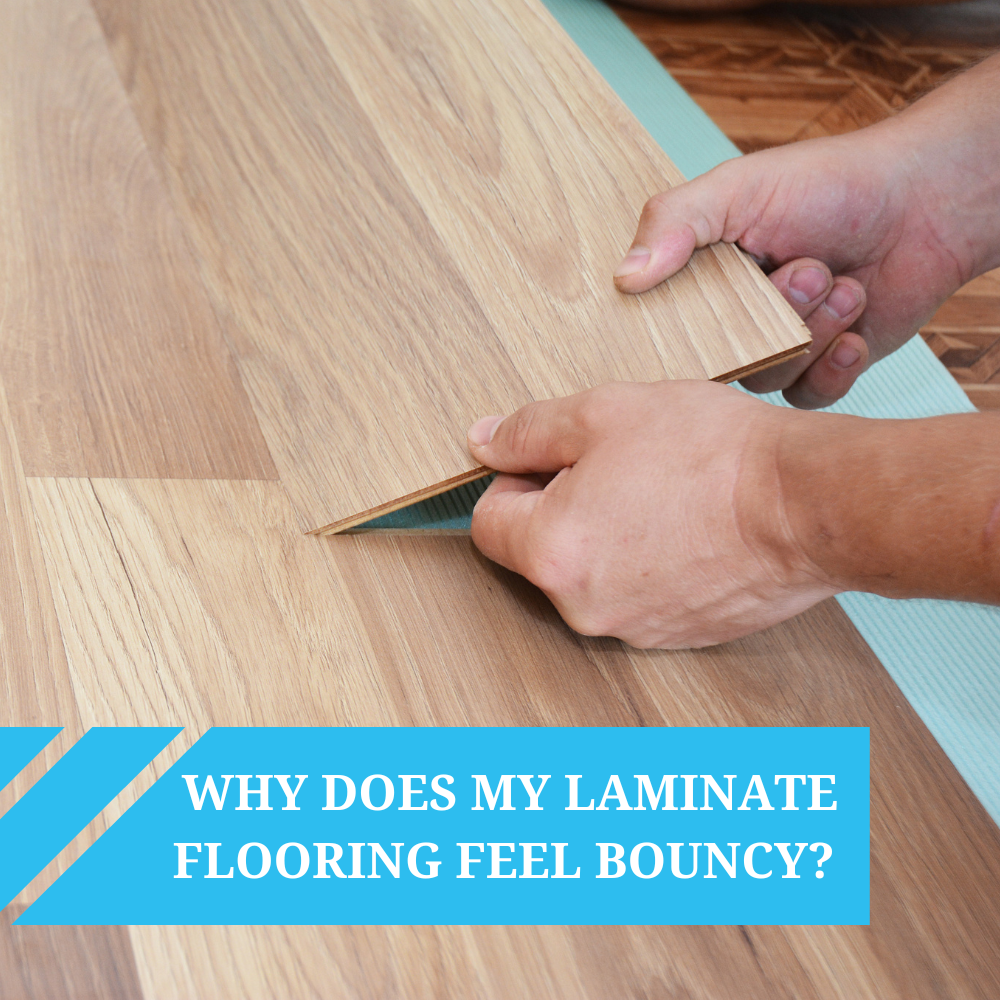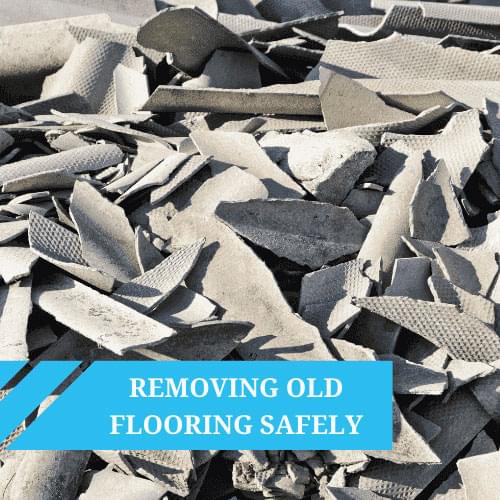We frequently receive questions about flooring installation, particularly about which subfloors are suitable for different floor coverings. It is an important topic because the right preparation can impact the performance, durability, and overall look of your flooring.
One question we hear often is: Can you lay sheet vinyl over floorboards? Here's what you need to know.
The short answer? Yes, you can—but only if you prepare the surface properly. Skipping this step can lead to an uneven, bumpy, or short-lived floor that wears out faster than it should.
In this post, we’ll address this common query, sharing expert advice on how to get the best results. Whether you are tackling a full home renovation or simply refreshing your flooring, follow these tips to achieve a flawless, professional finish that lasts.
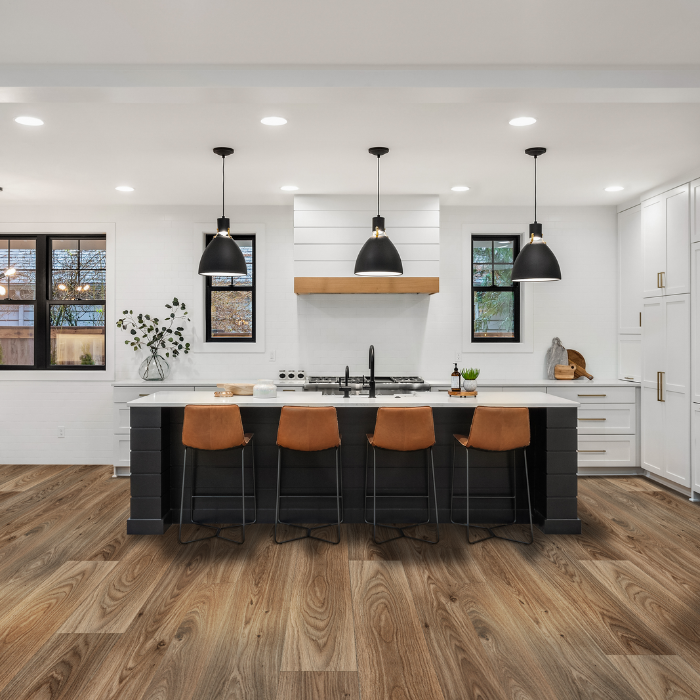

Can You Put Vinyl Flooring on Floorboards?
Mary asked:
"Hi, I really like your Moroccan Style Vinyl Sheet Flooring for my bathroom but I'm not sure if I need underlay aswell? We would take the carpet up and it's bare wood underneath."
Best4Flooring advice:
Great question, Mary! We love Moroccan-style flooring—it's a fantastic way to bring warmth and character into a space, especially in a bathroom.
The short answer is no, you don’t need underlay for vinyl sheet flooring—in fact, using one can actually cause more harm than good, leading to punctures or instability and may even void the product warranty. To ensure the best results, we recommend carefully reviewing the manufacturer's installation instructions before getting started.
Felt-backed vinyl flooring offers a built-in cushioning layer, acting as its own underlay to help smooth out the surface beneath. Compared to foam-backed options, felt-backed vinyl is better at handling minor imperfections in the subfloor, making it a great choice if your floorboards are in good condition. If your floorboards are uneven or in poor shape, we recommend installing a layer of plywood first to create a stable and level base for the best results.
Please note that if you choose foam-backed vinyl flooring, it's essential to install it on a smooth, even surface, as grooves or imperfections in the subfloor can show through over time.
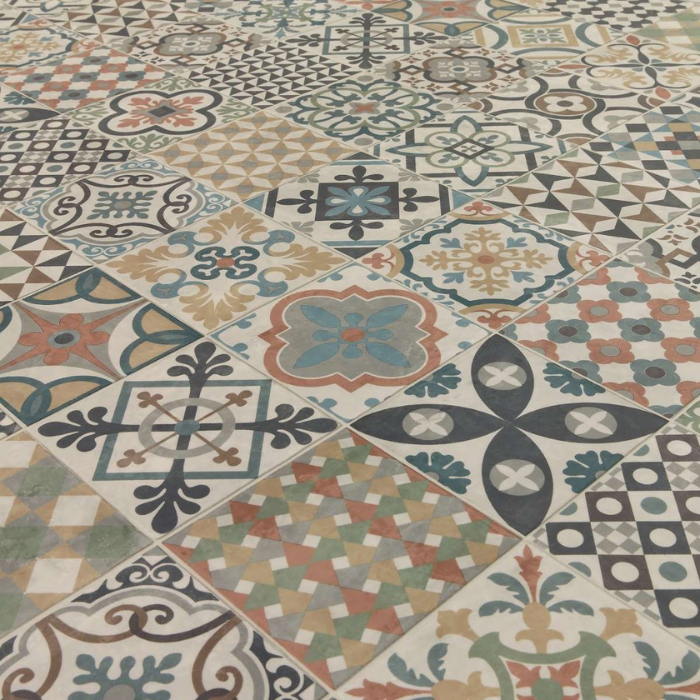

Step-by-Step Guide to Installing Vinyl Over Floorboards
Step 1: Assess and Prepare Your Floorboards
Before installing vinyl flooring over floorboards, do a thorough check of your existing subfloor:
- Are the boards secure? If any planks are loose or squeaky, screw them down properly.
- Are there big gaps? Fill them with a leveling compound or consider a plywood base (more on that below).
- Is the surface uneven? If your boards are cupped, warped, or have deep grooves, your vinyl will eventually wear unevenly.
If you can feel subfloor bumps with your hand, your vinyl will show them over time.
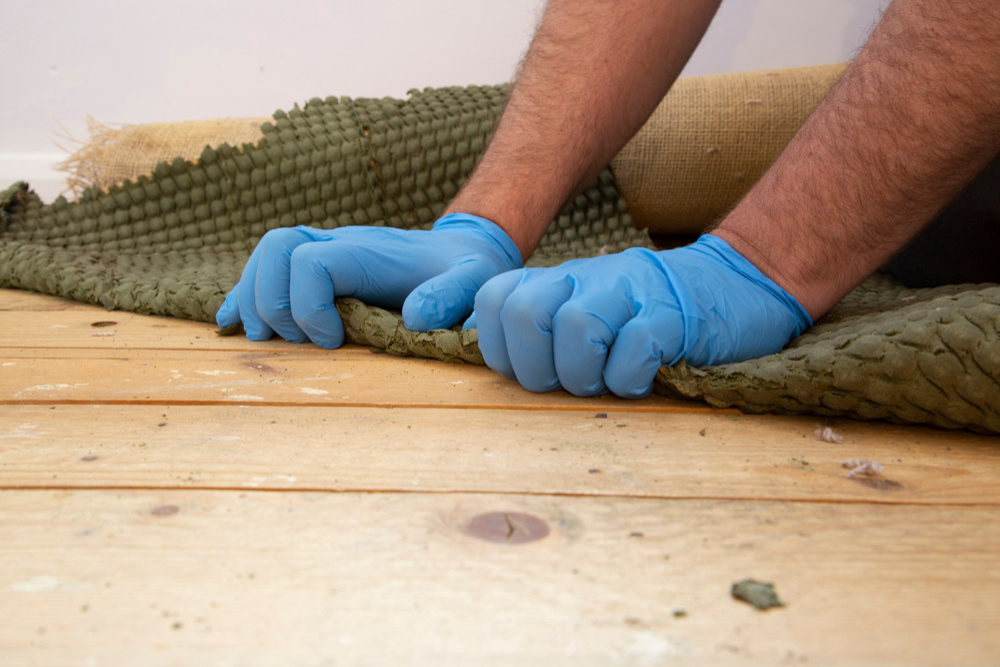

Step 2: Do You Need Underlay for Vinyl Flooring on Floorboards?
Unlike laminate or carpet, vinyl sheet flooring does not need underlay. In fact, adding underlay can cause dents, punctures, and instability in the flooring.
Instead, consider:
- Felt-backed vinyl flooring – Has a built-in cushioning layer to smooth minor imperfections.
- Plywood (6mm thick) – A great option if your floorboards are uneven or heavily gapped.
If you are installing foam-backed vinyl, you must lay it on a completely smooth surface—plywood is the best choice.
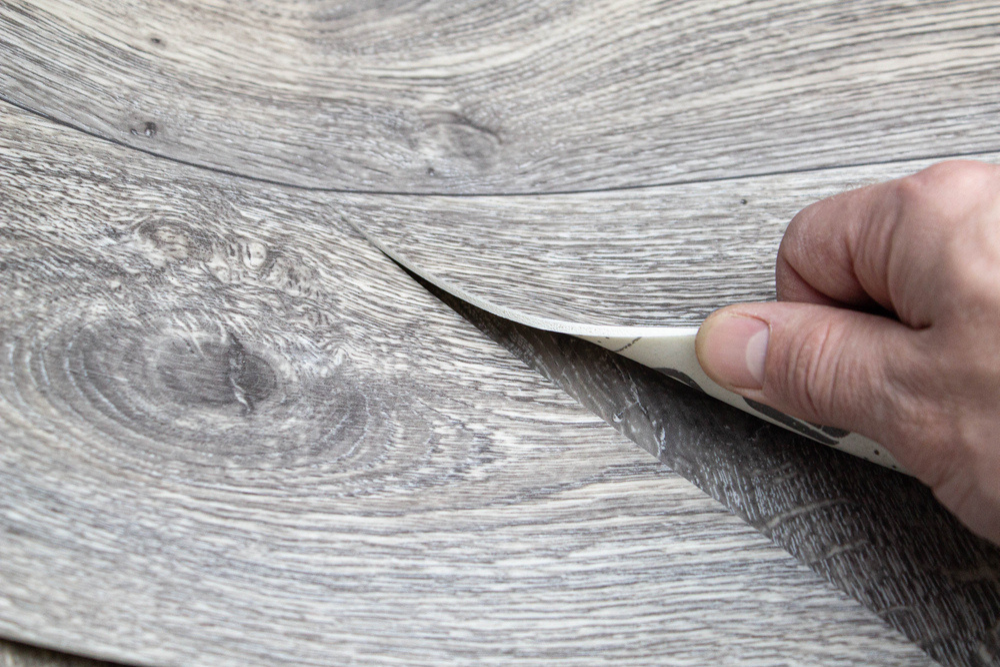

Step 3: Clean and Level the Surface
Once your floorboards are secure, it is time to prepare the surface:
- Vacuum and mop – Remove dust, debris, and any moisture.
- Fill gaps and cracks – Use a leveling compound for small imperfections.
- Sand down high spots – If any planks are sticking up, sand it down.
If your floorboards are really irregular, laying a thin plywood base is the easiest way to create a perfectly flat surface.
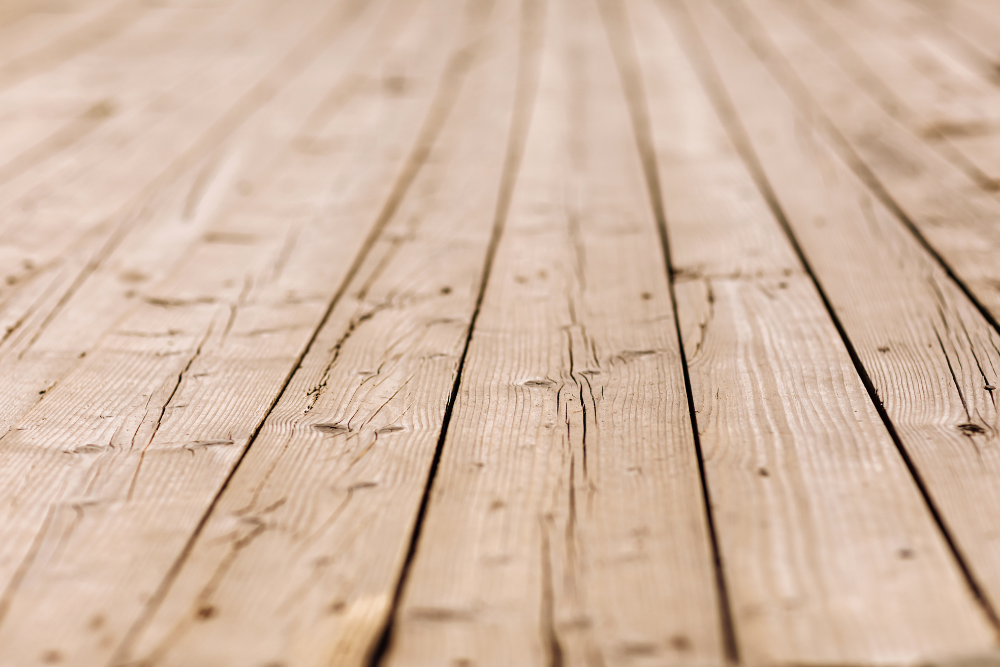

Step 4: Lay the Vinyl Flooring
Now for the most important part of the installation process—laying the vinyl.
- Acclimate the Vinyl – Unroll it in the room for 48 hours to let it adjust to temperature and humidity.
- Measure and Cut – Use a sharp knife to cut your vinyl flooring, leaving a few extra centimetres around the edges.
- Apply Adhesive (if needed) – Some sheet vinyls require adhesive, while others are loose-lay. Always follow the manufacturer’s instructions.
- Press and Smooth – Use a floor roller to push out any air bubbles and ensure a tight bond.
- Trim the Edges – Use a sharp knife to neatly trim away any excess vinyl.


Installing over tiles? Read our handy guide for more advice.
Best Vinyl Flooring for Floorboards
Looking for the perfect sheet vinyl flooring for your home? Felt-backed vinyl flooring is usually better for floorboards because it helps mask small imperfections. Here are some great felt backed options:
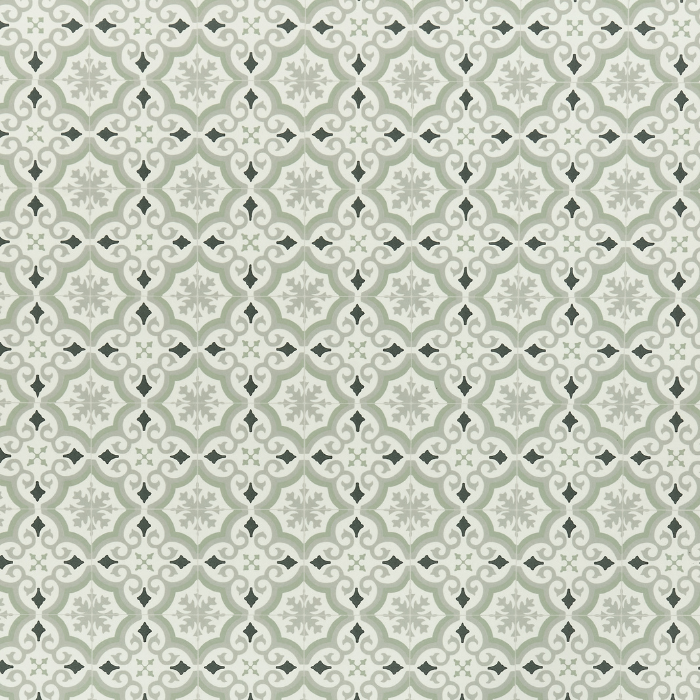

Baldosa Marcela Felt-Backed Vinyl Flooring
• Felt-backed for easy installation
• Stunning tile effect without the cold, hard surface
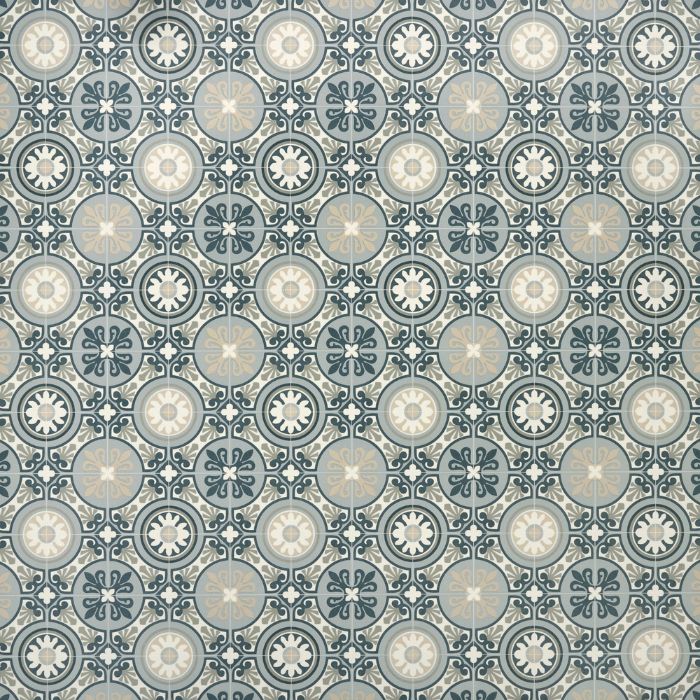

Tangier 07 Moroccan Felt-Backed Vinyl Flooring
• Great for kitchens and bathrooms
• Soft, cushioned feel underfoot
If you prefer foam-backed vinyl flooring, keep in mind that it requires a completely smooth surface to prevent any floorboard grooves from showing through. Foam-backed vinyl is ideal for extra comfort underfoot and works best when installed over plywood or a levelled subfloor.
Final Thoughts: Should You Lay Vinyl Flooring Over Floorboards?
Yes, you can, and it is a great choice—but only if you prepare properly. A little extra effort at the beginning will save you from bumpy, rippled flooring down the line.
Need help choosing the right vinyl flooring for your project? Contact our team for expert advice.
Explore our full range of felt-backed vinyl flooring for a perfect, stylish finish over your floorboards.
FAQs
Can you lay LVT on top of floorboards?
Yes, but only if the surface is smooth and well-prepared. If your floorboards are uneven, consider installing plywood first.
What flooring can you put over floorboards?
- Sheet Vinyl – Easy, affordable, and stylish.
- Click Luxury Vinyl Tiles (LVT flooring) – More rigid and better for uneven floors.
- Laminate Flooring – Works well but requires underlay.
What if my floorboards are irregular?
No problem! If your floorboards aren't in good condition, use 6mm plywood or a self-leveller to create a flat surface before laying vinyl flooring.
Do I need underlay for vinyl flooring on floorboards?
No! vinyl sheet flooring does not need underlay—using one can cause instability and even damage the floor. If you need extra cushioning, choose felt-backed vinyl, which has a built-in underlay.
Will gaps between floorboards show through vinyl flooring?
Yes, over time, gaps, grooves, and uneven planks can show through thinner vinyl flooring. Using plywood or a levelling compound can prevent this problem.
Can I install vinyl flooring over old floorboards in a bathroom?
Yes, but you must ensure the wood is dry and free from moisture damage before installation. Felt-backed vinyl is a good choice, as it helps mask minor imperfections. In high-moisture areas, plywood as a base layer is often recommended.
How do I stop floorboards from creaking under vinyl flooring?
Secure any loose boards with screws, making sure they don’t stick up above the surface. A plywood base can also help stabilise the floor and prevent movement.
Can I lay vinyl flooring over painted or varnished floorboards?
Yes, but the surface must be clean, dry, and free from peeling paint or varnish. Any loose coatings should be sanded down before laying vinyl flooring.






